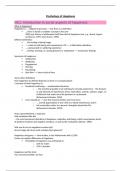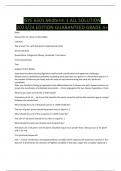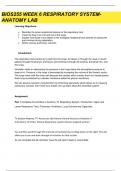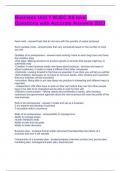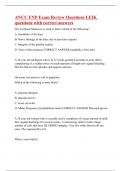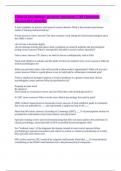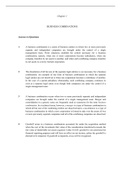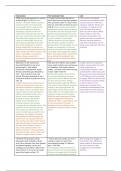Samenvatting
Hoorcollege Samenvatting The Psychology of Happiness (SOW-PSB2SP90E)
Een hoorcollege samenvatting van het vak 'The Psychology of Happiness' van de Radboud Universiteit. Zelf het tentamen gehaald met een 8,5 met alleen leren dan deze samenvatting :). De samenvatting is vooral in het Engels, maar er staan ook Nederlandse dingen tussen om het duidelijk te maken.
[Meer zien]
